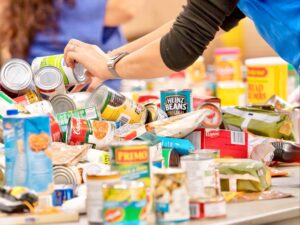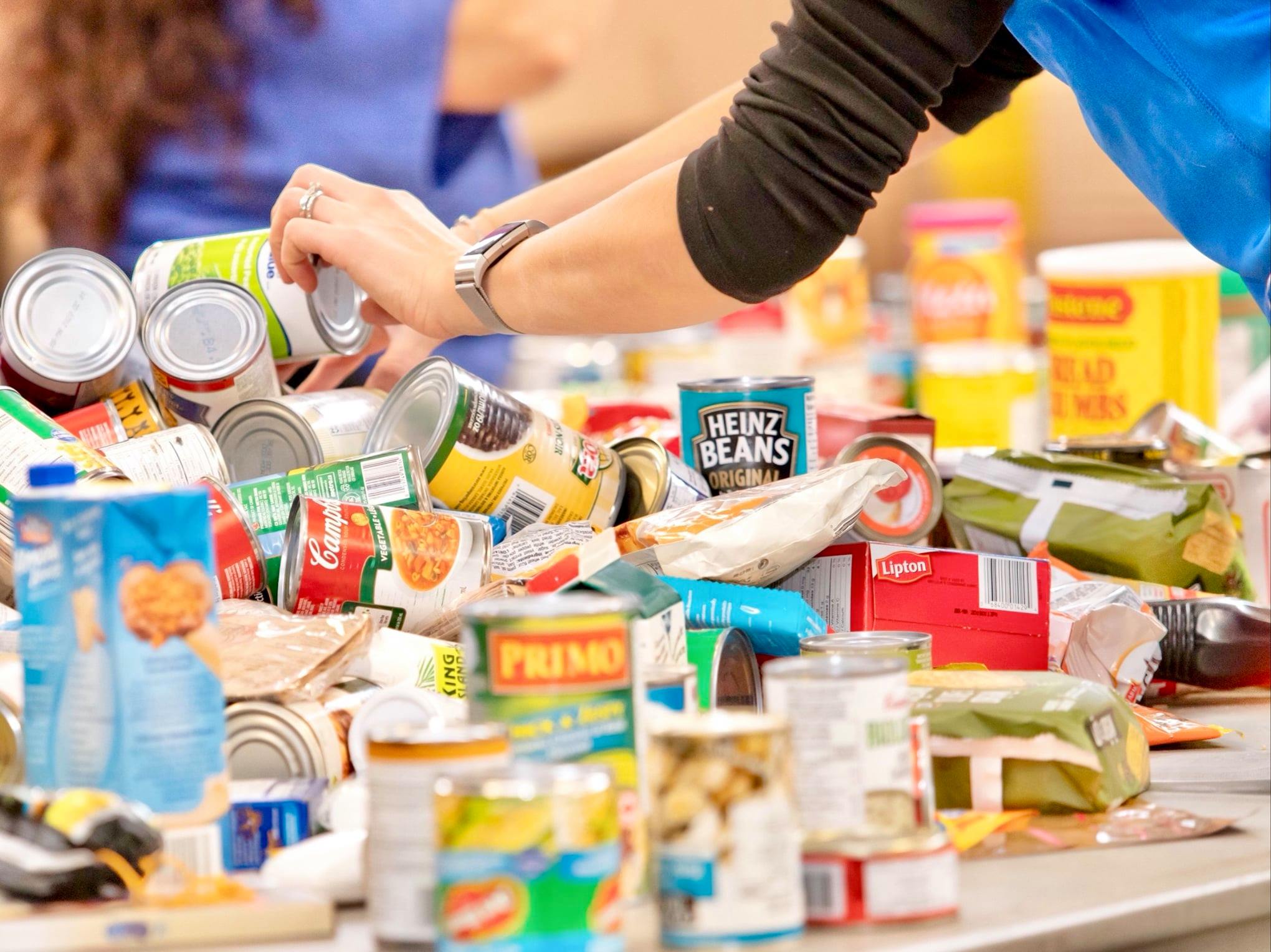Inflation hits hard, hunger alarm

TORONTO – Inflation runs. With the 6.8% increase recorded in April, more and more Canadians could be at risk of starvation. It is the alarm launched by many experts since – accounts in hand – the paycheck is not enough to ensure a dignified life. Food has reached stellar prices, there is a real risk of not being able to put food on the table.
Valerie Tarasuk, a professor of food science at the University of Toronto, believes that rising inflation rates could easily cause food insecurity in Canada. “The consequence is that financial concerns will push people to reduce the size of meals, skip meals, or even spend a day or more without eating,” Tarasuk says.
According to data from Statistics Canada, the overall cost of food has increased by 8.8% compared to a year ago: in April, Canadians paid 9.7% more for food in grocery stores, the largest increase since September 1981.
Compared to a year ago, the cost of fresh fruit has increased by 10%, fresh vegetables by 8.2% and meat by 10.1%. The price of bread rose by 12.2%, pasta rose by 19.6% and rice by 7.4%. “While all consumers feel the not insignificant increases when they have to pay the bill at the supermarket, these numbers are of particular concern to low-income people who are less able to absorb price increases, forcing some to compromise at the expense of their dietary needs – said Tarasuk – with the increase in the prices of basic raw materials, it is very worrying to think that we have such a large segment of the Canadian population that it is not able to sustain the increases.”
The 2020 Canadian Income Survey found that 11.2% of Canadians lived in households with moderate and severe food insecurity while 4.6% had experienced marginal food insecurity.
Concerns about being able to consistently put food on the table are a persistent problem in Canada, Tarasuk said, and because income levels are lagging behind inflation, the situation can easily worsen. “Food insecurity is a ‘toxic condition’ that is associated with physical and mental health problems, as rising costs threaten to enlarge the ranks of people experiencing food insecurity and exacerbate stress on those who are already experiencing it, inaction on this issue could have consequences for the health system and life expectancy.”
Meanwhile, some food banks have reported that during the Covid-19 crisis the surge in food prices caused a sudden spike in demand for their services. “This is a crisis within a crisis,” said Neil Hetherington, CEO of Daily Bread Food Bank, “this rate of inflation translates into meals that people will be left without.” This Toronto-based food bank recorded 160,000 customer visits in March, up from 123,000 in March 2021. Hetherington predicted that in one year the number will rise to 225,000 visits per month.
At the Calgary Food Bank, calls for help are also rising rapidly. “In the first three months of 2022, the food bank saw a 29 percent year-on-year increase in demand for its food baskets,” said Communications Coordinator Betty Jo Kaiser. “Last month, the organization distributed food aid to nearly 9,500 people, 75 percent of whom went there for the first time,” Kaiser said.



